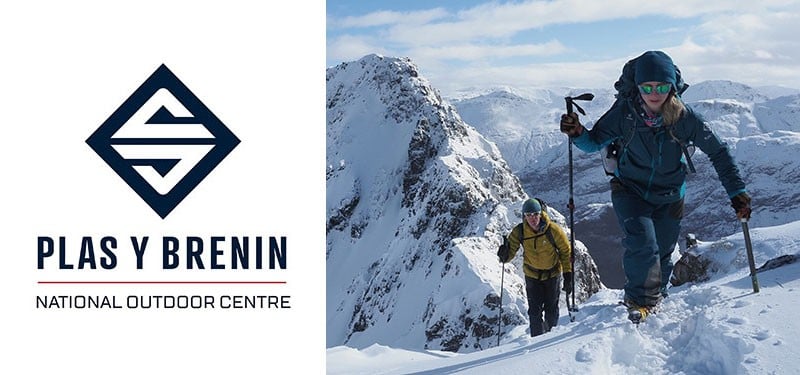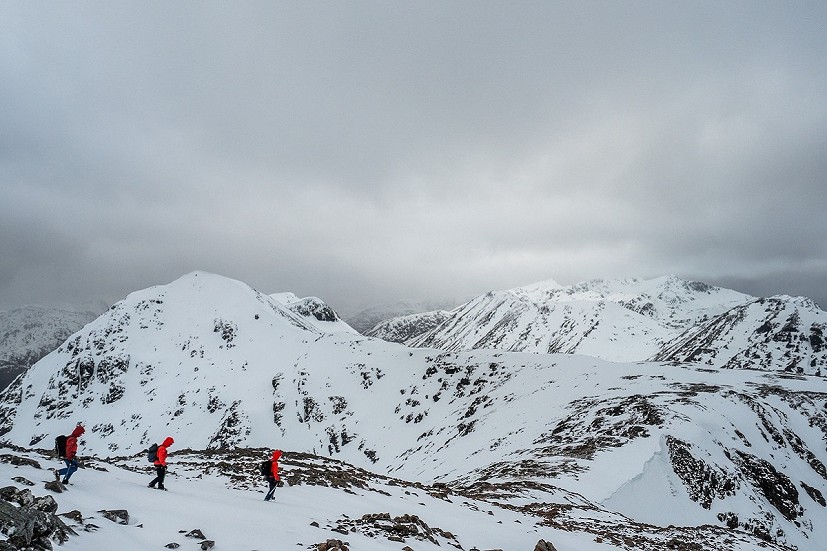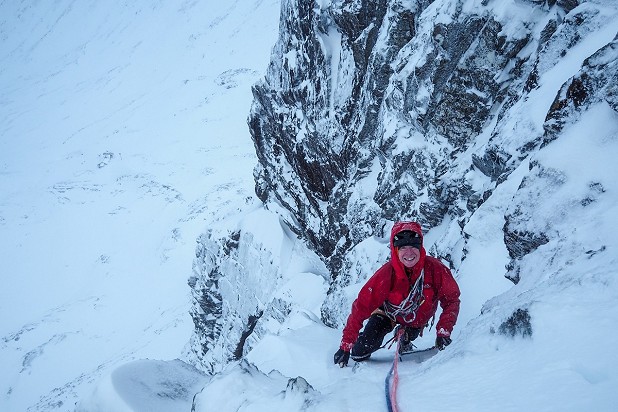Part 5 - Observations on the Hill
Forecasts are great tools at the planning stage, but once out on the hill you'll have to rely on your own observations and judgement. In the final part of our series Will talks us through the vital skill of staying alert and open minded to changes in snow conditions and the weather.
As winter hill-goers, we need to think of ourselves as detectives. We're constantly gathering and reviewing information, piecing it together to break the case: where's the best place to be today? Throughout the day, you'll need to ask: is this still the best place to be? The process doesn't stop!
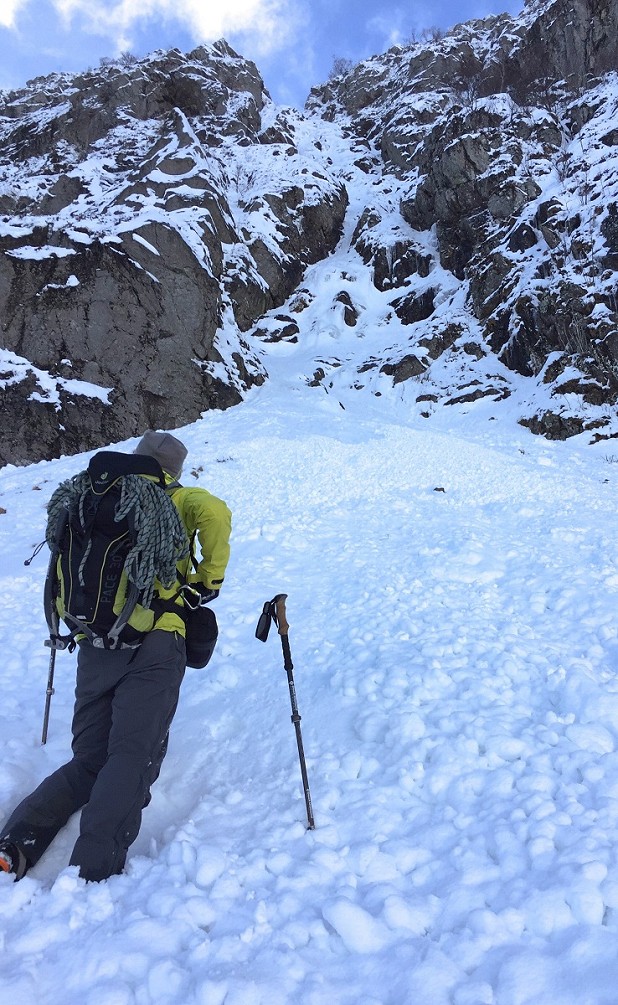
You can gain the most current weather and conditions information by being outside. Observations made on the journey to your starting point, throughout the approach, during the day, the walkout and the trip home are invaluable. The previous articles have considered what to look for in weather and avalanche forecasts, and how to put them together to find the most likely venue for the day. But of course in the real world the reality may prove different from the forecast.
The observations you make throughout the day should feed into your decision making, constantly reviewing and amending what you're doing to keep things safe and fun. It might mean taking on something more difficult, doing something less committing, or even turning around. An open mind is key. The trick is knowing what to look for...
Giveaway clues
Lots of clues can be found as soon as you step out the door. Valleys are warmer and calmer than mountain summits, you can expect any weather effects at this level to be amplified the higher you go. As an example, if there's 10cm of fresh snow on the car you can bet there's a lot more up high, especially where it's been deposited by the wind. If this hadn't been forecast then you'd certainly need to review your options for the day.
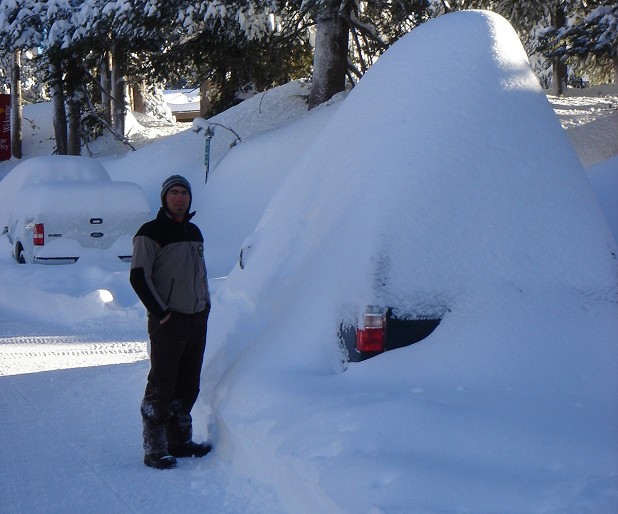
The journey to the starting point provides lots of opportunities to see what the weather's up to. Look to the summits and at exposed ridge lines – they'll give the most obvious indicators. It's worth checking as many different aspects as possible too. It might be best to task the passenger with this...!
A good detective is inquisitive, keeping an open mind, constantly observing and asking questions. At least that's what they do on the TV. You might ask the following:
Weather questions:
- Is it warmer, colder, or roughly the temperature expected?
- What temperature does the vehicle register? Is it changing?
- Are there any signs of frost?
- Is it cloudy or clear? How was it overnight?
- Has there been any precipitation? If so, what kind?
- Which direction are the clouds moving?
- How quickly are the clouds moving?
- Are lakes / lochs still? If not, which way is the wind blowing?
- Is snow being blown off summits or ridge lines?
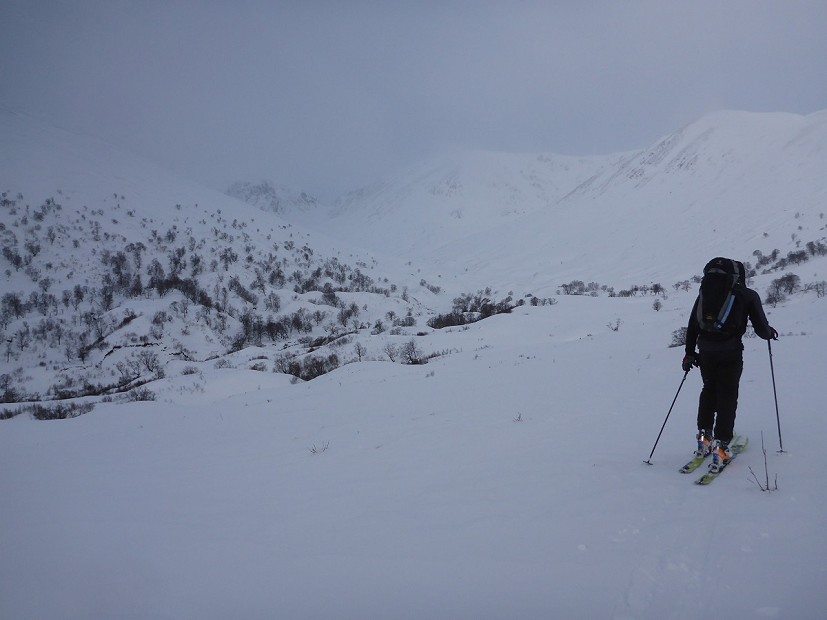
Snow questions:
- Where is the snow?
- Which aspects are snow covered?
- How is it distributed? Are there any obvious deeper accumulations?
- Which aspects look more scoured (darker and rockier)?
- What altitude is the snow line?
- Are any cornices visible? If so, on which aspects?
How do your answers fit with the forecast conditions you've planned for?
The Million Dollar question: are the forecasts correct?
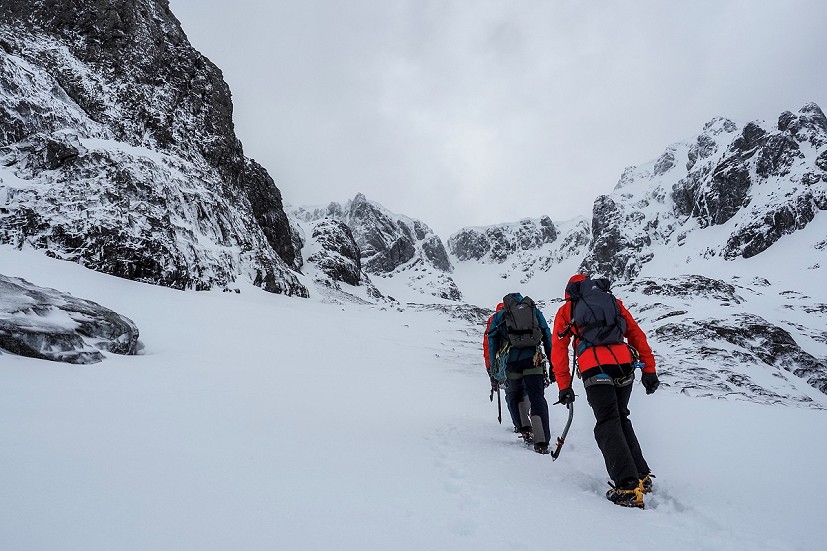
Approaching the Douglas Boulder on Ben Nevis. You can see the shadowy outline of cornices high above us. The snow under our feet looks fairly firm – we aren't sinking. The snow cover isn't uniform, it looks deeper on the left, and shallower just in front of us, where rocks have been exposed (Matt Stygall)
More subtle clues
Mountain weather is often very localised when the weather is unsettled. It's good to keep reviewing the questions throughout the day, as they'll help to build an overall picture. Once you've left the car you also need to look for more detailed and localised clues. As well as looking around, it's great to prod about in the snow to see and feel how it's changing.
Temperature / freezing level:
- What altitude is the snow line?
- Is the snow frozen when you meet it?
- At what altitude does the ground start to feel frozen?
- At what altitude are the crags white? Snow won't stick to crags that are above freezing – they'll be black / dark.
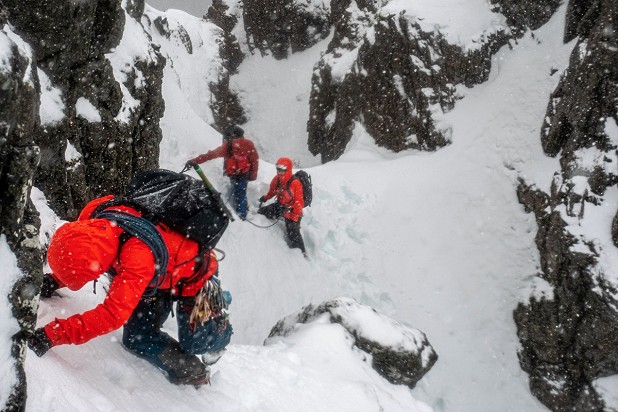
Wind:
- Keep an eye out for any trees swaying, that'll give an idea of wind strength and direction.
- Which direction is snow blowing from and to? It might be quite swirly in coires, it's best to look at exposed ridgelines.
Precipitation:
- What is it? Rain / sleet / snow?
- Snow can fall 200m below the freezing level.
- Does the snow settle on clothes, or does it melt straight away?
Snow:
Understanding snow and how it changes according to different weather factors is a key skill that takes time, and never stops. It's a vital skill for two reasons: firstly, to help with avalanche avoidance, and secondly, to help predict what kind of condition it will be in to walk, climb, or ski on. Continually thinking about the points below is a good way to build that knowledge base.
- What colour is it? Greyer snow is older, and has gone through freeze-thaw cycles.
- How does it feel to walk on?
- Can it support your weight, or are you sinking into it? How far?
- Is it hard or soft?
- What structure is it – granular / powdery etc.?
- Can a snowball be made from it?
- Is it wet or dry – can water be squeezed out of it?
- Is it softening in the sun?
The points above provide the framework of what to look for. The next step is to think about how they will affect what you're doing:
- The equipment you need to use (i.e. when to put your crampons and helmet on).
- How you need to move to stay safe (walking normally / using the axe / front pointing & daggering).
- What would happen if you slipped (possibly nothing in soft snow, versus an unstoppable fall in icy snow).
- Which navigational techniques you might need to use.
- How you might need to change your objective to reduce the level of risk.
I'd strongly recommend using a mountain (and preferably winter / avalanche) specific decision making prompt to help you when you're out. The Be Avalanche Aware app from the SAIS is excellent. I'd also recommend using Bruce Tremper's decision making aids.
I love being in the mountains during the winter because it's almost always challenging. I enjoy a battle in grim weather nearly as much as a day in perfect weather! I find it really satisfying when everything comes together, and you know you've made good decisions about conditions, where to go, and what to do. I have to admit though, I like it if things don't quite go to plan, and you have to change what you'd originally intended to do. There's always learning to be had when things don't go to plan - I think this is a uniquely rewarding aspect of winter mountaineering. Gaining understanding and skills, applying them, and then gaining confidence in them is ace.
Good luck. Whatever you're up to this winter, have a blast!
All Plas y Brenin winter courses cover in detail the topics described in this series. Attending a course is probably the best way to develop the skills and understanding you'd want to head out in winter independently.
If you'd like to learn more about getting out in winter, Plas y Brenin are running a series of webinar sessions designed to give you the skills you need, and the majority of them are free to attend. Head over to www.pyb.co.uk/events to see what's on and register now.
